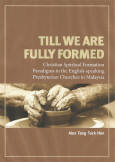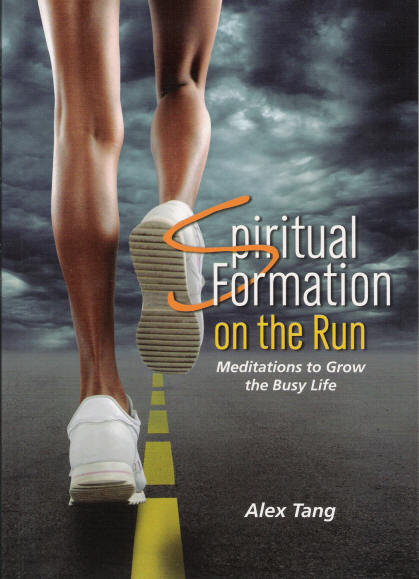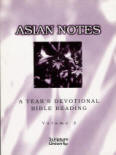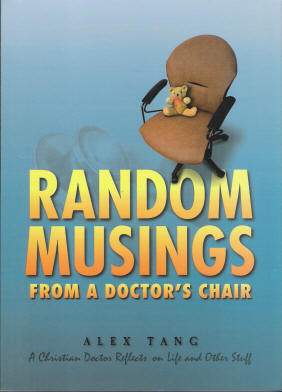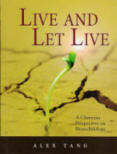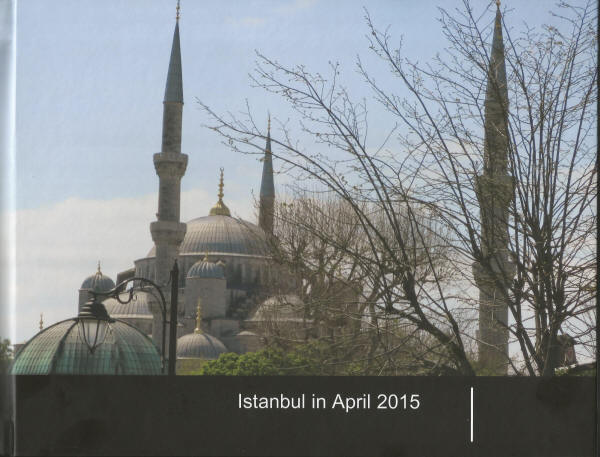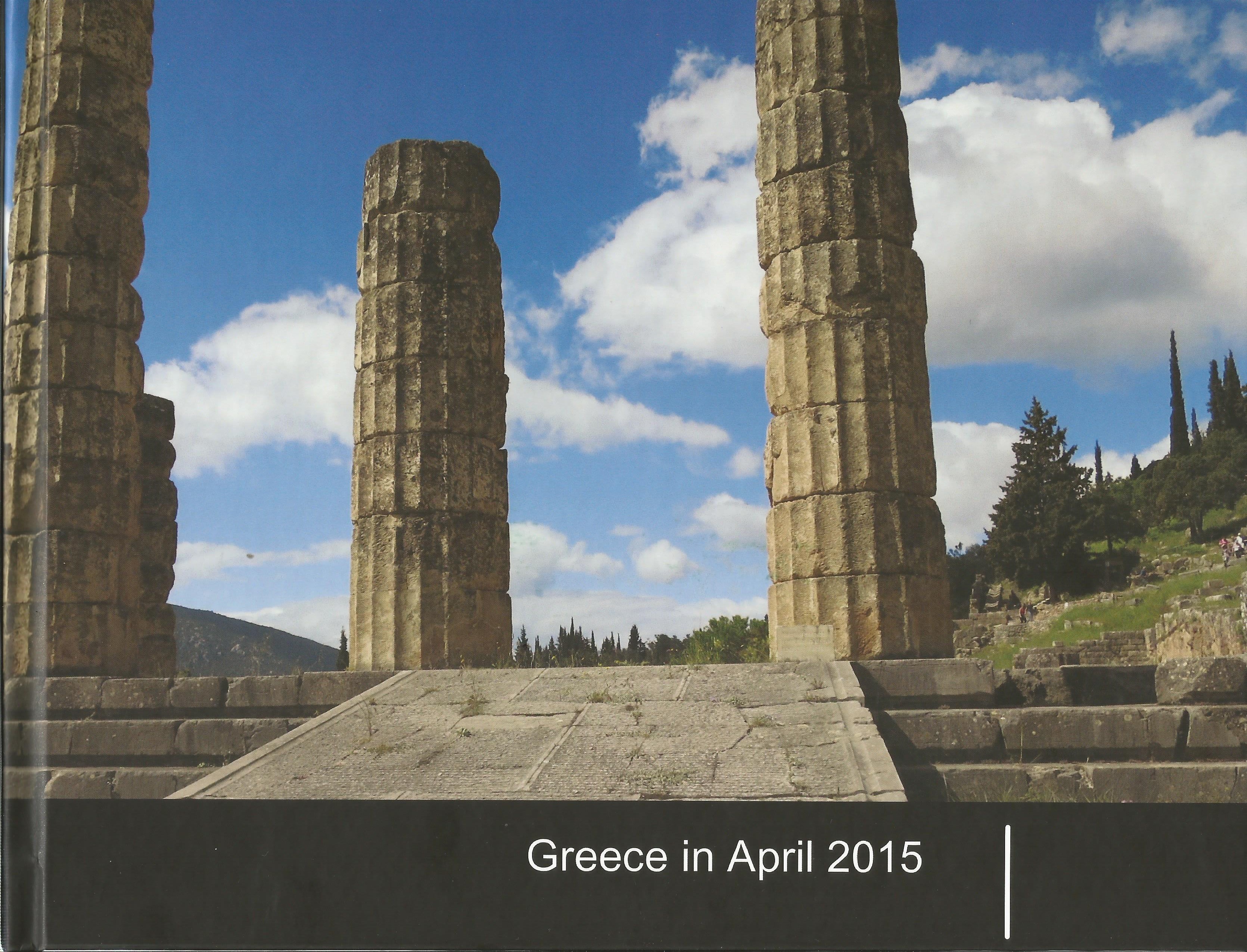Lent is a period for meditation on dying and death. The focus is on Good Friday and Easter Sunday. However after the recent passing onto glory of two ladies in my church due to cancer, I cannot help but meditate on our own mortality. As a Christian I find there is hardly any teaching in our churches about death and dying. The emphasis is on living a victorious Christian life and in receiving all the grace and gifts (health, wealth, prosperity) that God has promised us. I find that churches teaches us
how to live well but not how to die well. I wonder why this is so when the symbol of our faith is a man dying on the cross!
Does our attitude towards death affects our pastoral care? Do we Christians learn how to die well? An interesting research paper
Religious Coping and Use of Intensive Life-Prolonging Care Near death in Patients with Advanced Cancer (The Journal of the American Medical Association - JAMA.vol.301, No.11, March 18, 2009) shows that people with terminal cancer who have a high level of positive religious coping (belief in God, be at peace with God) are
more likely to receive intensive life-prolonging medical care near death. Of the people with positive religious coping in the study; 60% are Christian (Catholic, Protestant, Baptist), 10% others and 10% atheists. This is curious as I will expect that high positive religious copers will be more at peace and ready to leave this life than to hang on by accepting intensive life-prolonging medical care near death.
Michael Balboni, M.Div.Th.M., a researcher at the Dana Farber Cancer Institute when interviewed by Rob Moll on Christianity Today March (web) 2010 in
The Medical Hazards of Spiritual Care speculates as to the reason why,
Do you know what pastors and spiritual caregivers are telling their congregants who are sick with cancer?
We really don't know what's going on with clergy. But the kind of support they're offering is probably leading patients to choose more aggressive care. We can only hypothesize why. I'm guessing it has to do with some misunderstandings about the ability of medicine. Fighting cancer is not necessarily the best thing to do spiritually. When people have metastatic cancer, it would appear that they are not being accompanied in quite the right way regarding their medical decisions.
Balboni published a research paper Provision of Spiritual Care to Patients with Advanced Cancer: Associations with Medical Care and Quality of Life Near Death (Journal of Clinical Oncology Dec 14, 2009) in which his team finds that patients with high positive religious coping that are treated by medical professionals who are religious tends to end up with hospice care rather than intensive life-prolonging medical care near death. Is there a difference between spiritual care provided by the clergy and the medical professionals who have religious affiliations? Balboni speculates,
On the other hand, there are certain doctors and nurses who simultaneously understand and/or share beliefs and practices with the patient, and they understand the complexities of the disease and the disease process. Having an understanding in both areas, they seem to be able to offer spiritual advice when engaging medical decisions.
I believe medical professionals have a better view of the disease processes and healing. See my thoughts on healing
here. Some clergy and Christians has a different expectation of 'supernatural healing' from God. Even in very terminal cancer patients they are expecting God to work his miracles. The problem with this approach is that
while waiting for a miracle, the patient is not preparing for his/her death. Thus when death approaches, everyone is in a panic and the patient ends up with intensive life-prolonging medical care near death (which actually causes more suffering). A better approach will be to accept that one has terminal cancer and prepare for death while waiting for the Lord's deliverance-one way or another.
what do you think?
.
Labels: Biomedical Ethics, Death and Dying



























